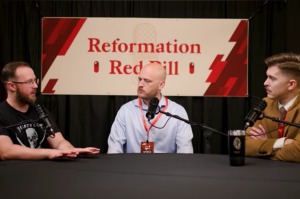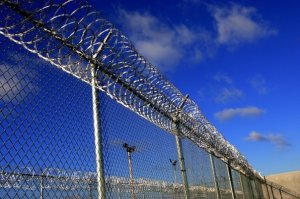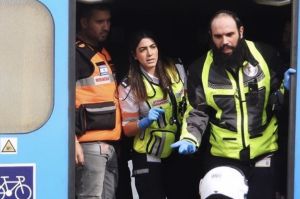Snowstorm 'Nemo' and How the Homeless Survive Extreme Winter Weather
Winter storm Nemo, which battered much of the Northeast over the weekend leaving 600,000 people without power, hit New York City as well, but this time city shelters such as The Bowery Mission were prepared to handle the situation, having learned a lot from last year's Hurricane Sandy.
"One thing we learned from the past storms, mostly from Sandy, is how important preparation is," Matt Krivich, assistant director at the Bowery Mission told The Christian Post in a phone interview on Monday.
"We focused on food, shelter, and clothing care just to make sure that our facility was ready to receive large numbers of people. We normally see large numbers of people in the winter anyway, but because of this storm we knew that we would see additional people coming for shelter."
Winter storm Nemo made over 600,000 homes and businesses, mostly in Rhode Island and Massachusetts, lose power by early Saturday, with the National Weather Service reporting of some historic records being set. Nemo dumped as much as 30 inches of snow in Boston and Providence, R.I., and winds rose to gusts of as much as 60 miles an hour in some areas across the Northeast.
A number of deaths, hundreds of car crashes and thousands of canceled flights were reported due to the storm over the weekend, with five states – New York, Massachusetts, Connecticut, New Hampshire and Rhode Island – declaring a state of emergency.
Krivich told CP that the storm wasn't as damaging as Hurricane Sandy, but it helped that people – both shelter workers and homeless guests – took it seriously and were prepared for anything.
"It was much different. We weren't seeing as many people as were coming after Hurricane Sandy, we didn't lose our power, so that made everything a little bit easier, but we did prepare for the event that we did lose power – we have generators here on site. I think some people are still remembering Sandy, so when we heard that there was another large storm coming, our guests were preparing for the worst," the Bowery assistant director said.
Back in November, James Winans, chief development officer at The Bowery, shared with CP that a record number of homeless citizens were seeking refuge in New York City following Hurricane Sandy, which killed over 200 people and destroyed thousands of homes.
"We had 150 men with us who had come in from out of the storm for emergency shelter, because their traditional places of refuge, like the subways and the park, had been closed by police. We lost power that night and didn't have power until a week later. We operated off a generator that someone donated to us. For many nights, we were the only light in the neighborhood, the only light in the street," Winans revealed about Sandy.
Nemo came with its own challenges, however, especially considering the freezing February temperatures in which it hit.
"Normally we do the emergency shelter for the homeless overnight for the evening time, and then in the morning after breakfast most of the folks leave. This time we offered the opportunity for everyone to stay in our chapel during the day just because it was cold outside," Krivich explained.
The Bowery director noted that the greatest danger facing homeless people during severe weather conditions such as Nemo is prolonged exposure to the cold, which increases the risk for frostbite.
"Also, just finding shelter – that's why we make sure that out chapel and our dining hall are open for overnight shelter and during the day as well," Krivish continued.
"We're just happy that it didn't hit us much harder than it could have," he concluded.
The Bowery and other Christian missions in New York are still accepting volunteers via the "Don't Walk By" campaign that brings together various city organizations and hundreds of volunteers over the month of February to help guide homeless people to shelters and much needed services.





























